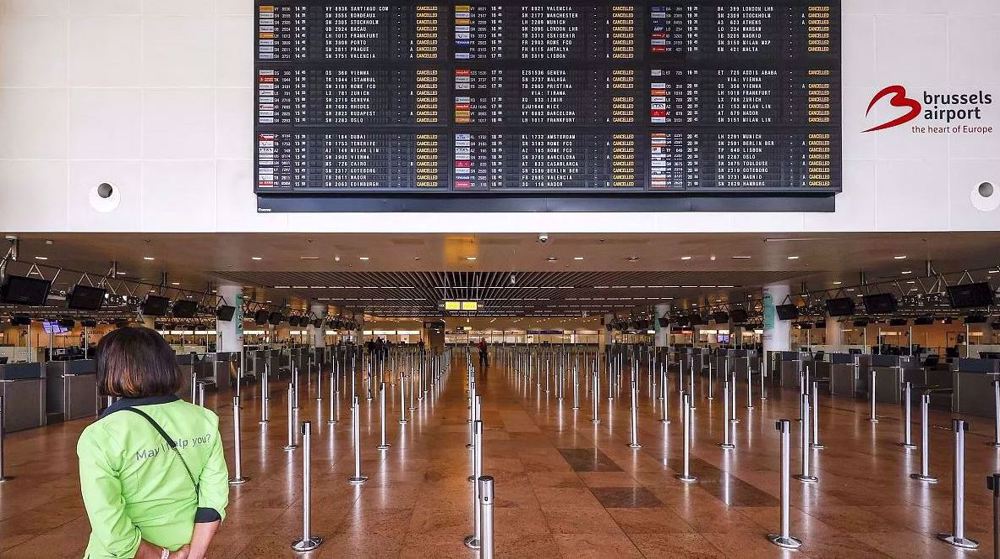Hungary to complete second border barrier to stop refugees
Hungary is pressing ahead with the construction of a second “massive barrier” along its border with Serbia, a controversial move aimed at barring desperate refugees from entering its territory.
Freezing cold weather and lashing rains in the border areas have not prevented the government of Prime Minister Viktor Orban from completing the restrictive razor-wire fence along a 170-kilometer stretch of the border, with builders vowing to finish it in early May.
Construction material had already been shipped to various areas along the border while poles for the fence were already standing near the border station Kelebia. A budget of nearly $130 million has been earmarked by the government for the fence and camps to hold refugees.
The new border barrier, whose construction commenced on February 27, is being erected after another border fence Budapest built in 2015, at the height of Europe’s refugee crisis, a four-meter (13-foot)-high wall, consisting of three rolls of razor wire, along 523 kilometers (325 miles) of its southern frontiers with Serbia and Croatia.
Part of the construction is near the regular border crossing in the vicinity of the town of Csongrad. Authorities, on a daily basis, allow only five people to pass through the stainless steel revolving double doors of the crossing.

Mohammad Rahim Bahshi, an Afghan refugee along with his family, have been striving to pass through the narrow door, concluding their perilous and costly 13-and-a-half-month journey.
“When we started our journey from Iran, I paid $2,500 for each family member. Then, from Greece to Serbia, I paid $1,300 for each family member to Pakistani smugglers. Together with other expenses I had in Turkey, Greece and Serbia, in total it has cost $25,000 to $27,000,” said Mohammad, thinking that the money had been well spent.
In practice, the barrier has greatly slowed the flow of refugees entering Hungary, though most of them, including Mohammad and his family, only wanted to pass through the country and reach Germany, their ideal destination.

According to official figures, some 400,000 refugees crossed the country in 2015, but over 18,000 had managed to enter Hungary last year.
Hungary has faced increasing criticism from rights groups over its treatment of refugees. Last July, Human Rights Watch (HRW) censured the country for its “cruel and violent treatment” of refugees before forcing them to return to Serbia.
The second fence, which the government says is necessary to better process refugees, has already sparked fresh outrage.
On February 24, HRW also urged the European Union, to which Hungary is a member state, to intervene and stop Budapest’s “inhumane” treatment of refugees. “The European Commission should not stand by while Hungary makes a mockery of the right to seek asylum,” the HRW deputy director Benjamin Ward said.
Europe has been facing an unprecedented influx of refugees, most of whom are fleeing conflict zones in North Africa and the Middle East, particularly Syria. Many blame major European powers for the exodus, saying their policies have led to a surge in terrorism and conflicts in the Middle East.
Jan. 15: ‘Axis of Resistance’ operations against Israeli occupation
VIDEO | US fires: Criticism mounts over govt. failure to respond
VIDEO | Fears, hope in Gaza amid intensified ceasefire efforts
VIDEO | Press TV's news headlines
Hamas: Ceasefire agreement result of steadfastness, resistance in Gaza over 15 months
Hamas thanks Iran, Resistance Front following achievement of ceasefire in Gaza
'Capitulation': Israeli officials and media concede Gaza defeat as truce unfolds
'Gaza has won': Social media users react to ceasefire with mix of relief, joy













 This makes it easy to access the Press TV website
This makes it easy to access the Press TV website